In view of the public nature of the artist’s work, deliberately spectacular, even mythical, the exhibition Yves Klein, intimate, at the Hôtel de Caumont in Aix-en-Provence explores its personal and intimate dimension which is complementary to it.
yves klein is undoubtedly one of the most famous French artists of the second half of the 20th century.
Since his premature death in 1962, at the age of 34, the international recognition of his work has never ceased to grow. The luminous and deep blue that he patented, the famous International Klein Blue (IKB)is known far beyond the circle of art lovers.
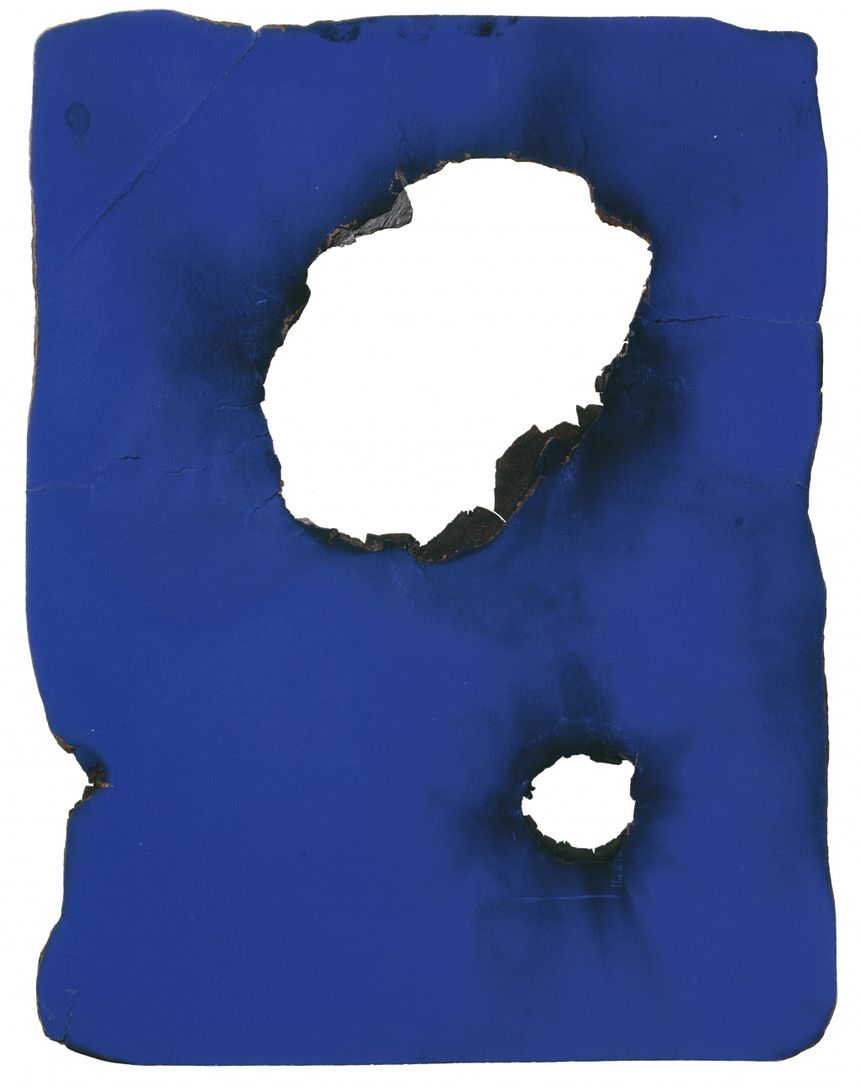
By returning to the family origins of the artist and his circle of friends, to his workplace and his relationship with his models, the exhibition thus wishes to highlight the material conditions of his work, the intellectual reflections of the artist, his spiritual dimension, as well as the humor often underlying the seriousness of his approach.
Son of Mary Raymond, abstract artist, and Fred Kleinfigurative painter, yves klein initially had no plans to pursue an artistic career. After a rough school career, Klein fails the baccalaureate, thus ending his hope of becoming a naval officer. Other adventures then began for him which completed his training and led him towards the paths of creation.
In Nice, with his friends Claude Pascal and Armand Fernandez (the future Arman), he shares his passion for judo. This practice, which he only abandoned in 1960, gave him discipline and allowed him to structure his character, while accompanying his philosophical and spiritual reflections.
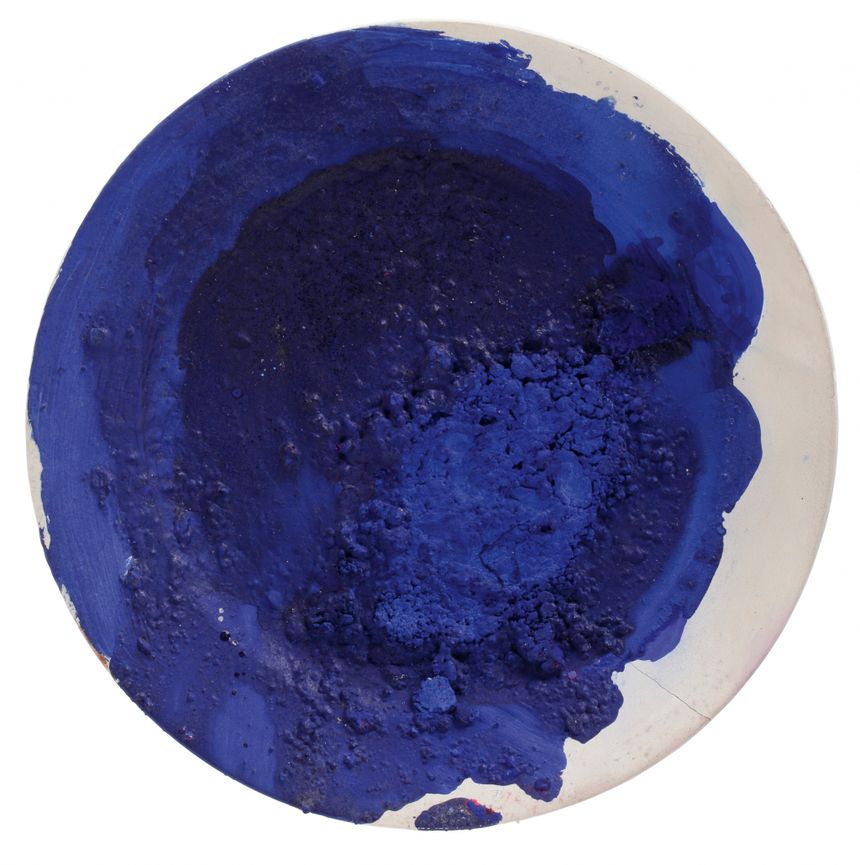
In 1955, the first works he decided to present to the public were paintings in a single, solid color. Baptized a year later monochrome proposals “, they escape the very definition of “painting” and do not fall under either figurative art or abstract art – these two tendencies which, represented respectively by its two parents, also crystallize the scene of French art in the 1950s. Thus, like many young people, it is far from the beaten track and outside the accepted codes that the young artist seeks his way…
The artist turned to an all the more radical monochromy, going so far as to remove his visible signature from the front of his paintings.
Much more than just surfaces to look at, the Klein monochromes want to radiate hearths of a pure color capable of invading the space to reach the viewer. To accentuate this contemplative experience, from 1956, Klein sets its sights on blue, the most ethereal and transcendent color there is. A new fixative medium that he developed with the help of his color dealer enabled him to preserve the radiance specific to pure pigment and to intensify the presence of this radiant color. L’IKB (International Klein Blue) was also created, and its formula was deposited at the National Institute of Intellectual Property in 1960.
Inscribed in the Christian tradition, yves klein From the beginning of his work, he focused on what he often called “the flesh”, which he thought of making if not visible, at least perceptible, in his work, which is also imbued with spirituality.
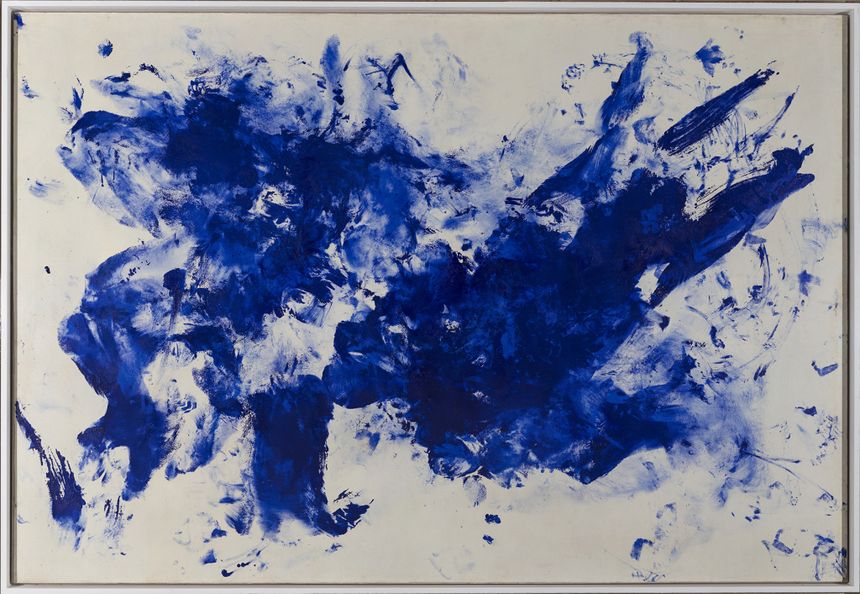
Whatever the nature of his faith and the sincerity of the artist, when he describes himself as “a Westerner, a well-meaning Christian”, deep and personal feelings undoubtedly underlie ” [sa] monochrome absolute religion “.
With a clairvoyance that goes beyond the obvious difference between his creative approach and those of his friends, Klein took up the cause of the very principle of collaboration between artists: “the artists who can create together are those who work with heart and head”, he says, convinced that “immortality is won together “.
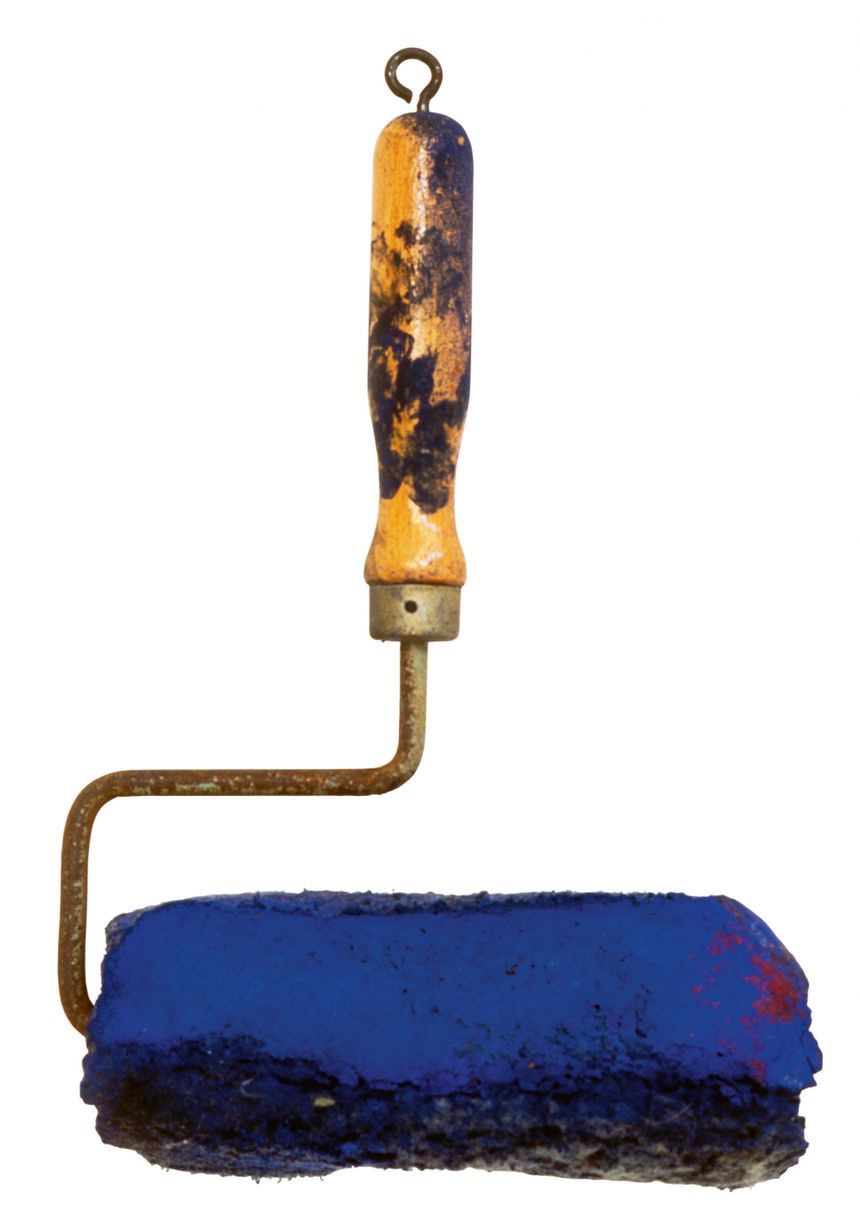
New Realism, the creation of which was confirmed at home, had a more chaotic fate, Klein doubtless having little taste for the constraints that the notion of group implies. This takes nothing away from the fact that he knew how to be for many, as noted John Tinguely“ a very good friend “.
Suffering from a fragile heart, he hardly took into account the first warnings that announced his premature death in 1962 following a heart attack. Creation and destruction then intertwine in a high-risk dance, in which the artist fixes moments, transmutes them into works.
As he seizes the fire in the works produced for the exhibition in Krefeld, he seems to literally burn his life.
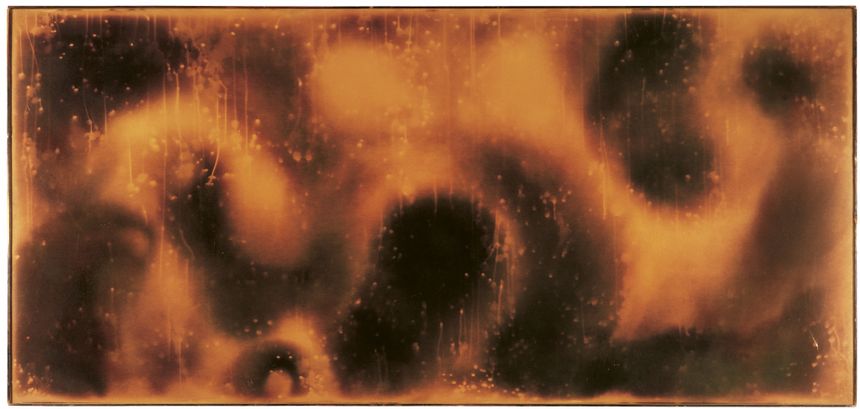
Sources Hôtel de Caumont – Art Center
►►► Commissioner:
Cecilia BraschiHead of exhibitions at the Hôtel de Caumont – Center d’art, in collaboration with the Archive Yves Klein. Scientific advisor: Denys Rioutart historian.
►►► Production and production:
Cecilia BraschiHead of exhibitions at the Hôtel de Caumont – Center d’art; Sophie WhiteManager for the Hôtel de Caumont – Center d’art; Livia LeresHead of iconography at Culturespaces.
►►► Scenography
Hubert le GallFrench designer, creator and sculptor of contemporary art.
Exhibition produced in collaboration with the Klein Archives
